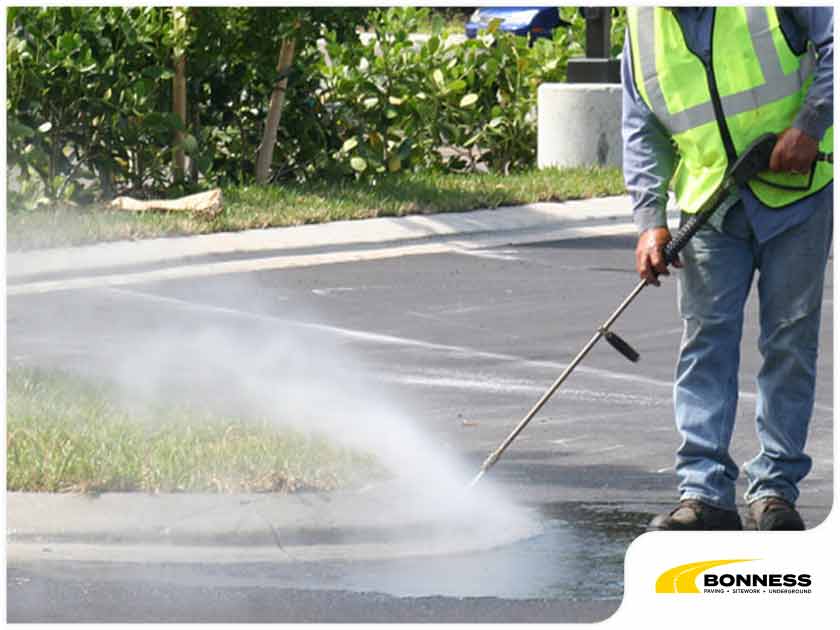
When it comes to concrete, the terms “curing” and “drying” are often used interchangeably. However, the processes are different in many ways.
The Concept of Curing Concrete
Curing refers to the process of hardening concrete that starts right after it is poured. It plays a vital role in providing strength and durability to the material, taking into account several factors, such as moisture and temperature conditions.
This process has three primary functions: (1) keeping water in concrete early in the hardening process, (2) limiting the loss of water from the concrete surface and (3) expediting strength gain using additional heat and moisture. Depending on the project, a properly cured concrete slab has enough moisture to ensure strength and volume as well as resistance to freeze-thaw cycles, abrasions, and scaling.
The Concept of Drying Concrete
Drying is the process that comes right after the concrete is completely cured. It involves allowing excess water to evaporate through the surface. It is then replaced by water from within the concrete, moving to the capillaries and up to the surface. This process continues as long as the surrounding air can hold more water vapor.
Once the concrete slab finishes curing, the area has to be enclosed to prevent the surface from absorbing additional moisture. Factors that may affect the drying process after the cure include the ambient relative humidity and air temperature as well as the temperature of the slab itself. Too much humidity won’t allow the concrete to dry completely.
Need help with this or other concrete projects? Turn to Bonness Inc. today! Count on us to increase the value of your home or upgrade its appearance with a new driveway or sidewalk. Give us a call at (239) 597-6221, or fill out our contact form to request a free quote.
